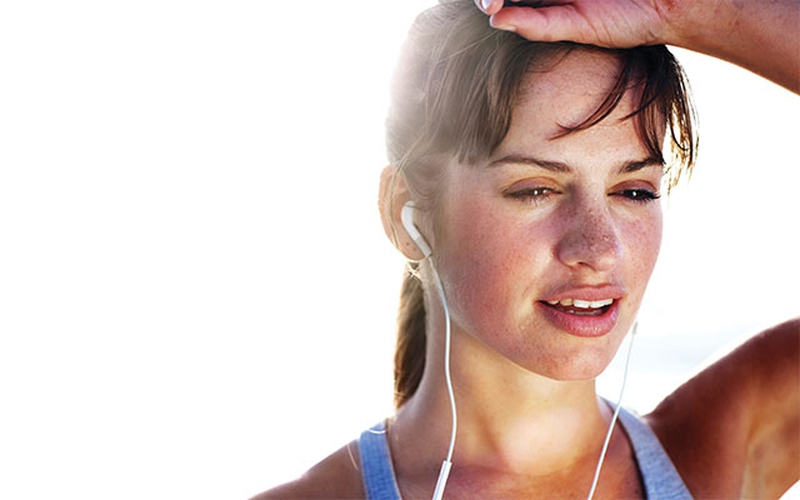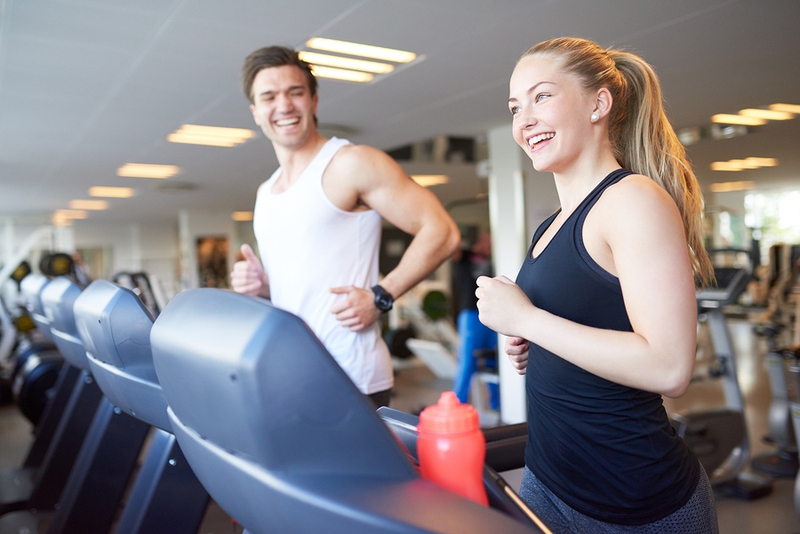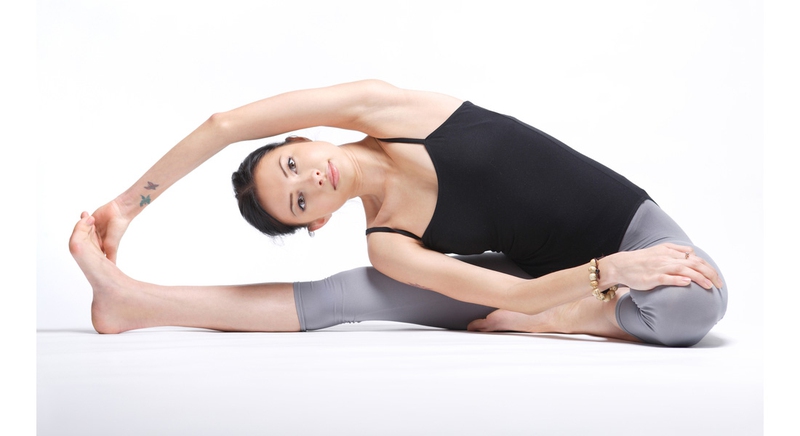A good cardio workout offers a variety of health benefits, and the feeling of getting all hot and sweaty after a workout session makes things even better. A good workout session makes you all revved up on endorphins and gives you an energy boost. However, some people do not enjoy it that much because they always end up having an unnaturally red face after workout. Why does my face get red when I exercise? You ask. It is usually nothing serious but it could happen due to a number of reasons. Let's find out more about it.

Why Does My Face Get Red When I Exercise?
Exercise Changes Blood Circulation
So many changes take place in your body when you start exercising. Your breathing pattern changes and your lungs start working harder to provide you with more oxygen to continue with your workout. Your heart rate also goes up to increase blood flow to the muscles that are in use during a workout session. To accommodate this increased flow of blood, small capillaries and blood vessels widen to provide your muscles with more oxygen. This vasodilation of vessels and capillaries may be the reason why your face becomes red during exercise and stays long after you have finished the session.
Exercise Increases Body Temperature
When you exercise and use specific muscles hard, it increases your overall body temperature. Sweating is your body's way to lower its temperature. Moreover, the dilated blood vessels also help transfer heat to your surroundings to keep your body temperature in control. These factors can cause a red face.
Exercise Increases Your Metabolic Rate
Another reason why your face becomes red, especially if you are a well-trained endurance athlete, is that strenuous exercise increases your metabolic rate and results in the production of excessive internal body heat. However, in case of trained athletes, the core body temperature does not change much, but the excessive heat is released through skin capillaries, which can cause facial redness.
What's more, you can have a red face if you develop chilblains, which causes the skin's capillaries to become inflamed. This inflammation occurs when your body temperature changes quickly from cold to warm. Your face may stay red for a long time if you develop this inflammation. You usually do not need to be concerned much about chilblains.
Should I Worry About It?
Now you have known the answers of your doubt “why does my face get red when I exercise”, but you do not need to worry too much about your red face so long as you feel good and have no other symptoms while exercising. But you may be dehydrated if your face is red and have other symptoms like a dry mouth, dizziness, and thirst. Not taking any steps would cause complications, such as hyperthermia. The most common symptoms of hyperthermia are nausea, dizziness, vomiting, shallow breathing, and a red face. If you notice these symptoms or experience heart palpitations, lightheadedness, or difficulty breathing, you should stop exercising and seek medical attention.
How to Calm Red Face When You Exercise?
Exercise in Cooler Environment
While you may enjoy running under the summer sun, it can make your face red and cause other skin problems too. It is better to exercise in a cooler environment and be sure to drink plenty of water and fluids to avoid facial redness.
Be Sure to Stretch
Taking time for a stretch can really help increase blood circulation and reduce muscle tension at the same time. Besides of this, stretching after exercise is a great way to cool down your body temperature. It also helps lower your heart rate gradually after a strenuous workout session, which encourages the vessels to constrict again.
Try a Milk-Soaked Compress
Applying a cold compress on your face may help reduce facial redness. The best idea is to use a milk-soak compress because the combination of proteins, pH levels, and cold temperature helps draw heat out of your skin. This in turn reduces facial redness. Simply take a washcloth, soak it in milk, and then apply directly to your face for a few minutes to get desired results.
Use Anti-Inflammatory Products
These products are especially beneficial if your facial redness is due to the inflammation of capillaries. Before using these products, wash your face with a cooling cleanser. Then apply a lotion that contains Xanthine on your face, which helps constrict the blood vessels. You can also apply a calming facemask for a few minutes to reduce facial redness after a high-intensity workout.
Take Short Breaks
Instead of working out for an hour on end, you should consider taking intermittent breaks during and after your workout. Making this simple tweak to your workout will greatly reduce facial redness. This works because those short breaks help bring your heart rate down and do not make your face turn red.



View All Comments /Add Comment